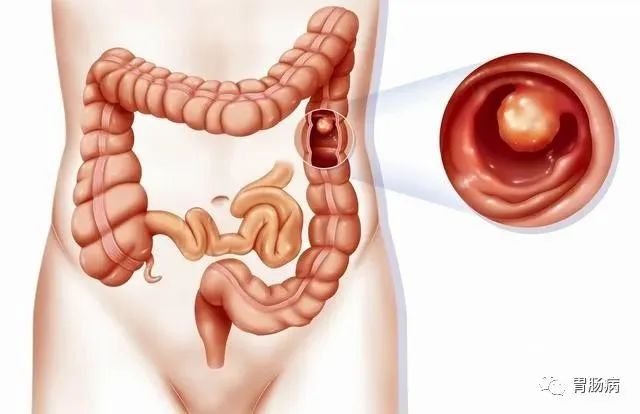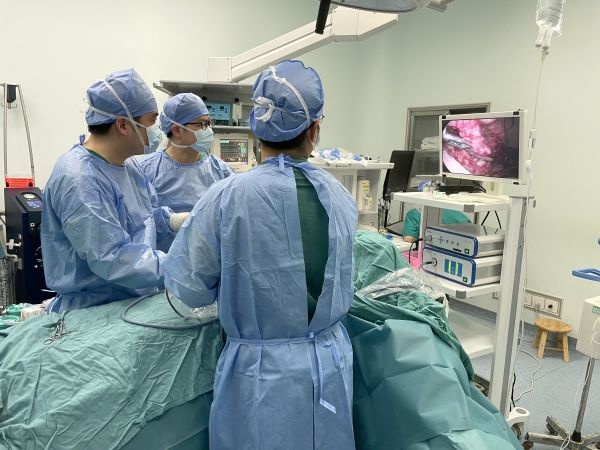After the intestinal polyps are removed, how long is it to review?Look at what the US guide says ...
Author:Digestive liver disease channe Time:2022.06.26
For medical professionals for reading reference

Remember to collect this form!
About 90%of colorectal cancer evolved from adenoma polyps, so discovery and resection of adenoma polyps are the most important means to prevent colon cancer.
However, it is not possible to have a worry -free life for colonoscopy and remove the polyps. It also needs to be determined how to review according to the nature, size, number, etc. of the polyp.
In response to this problem, the U.S.Multi-Society Task Force On Colorectal Cancer has released the latest update.
In March 2020, the famous magazine Gastroenterology (gastrointestinal disease) released the latest update of the US colorectal cancer guide at the fourth issue of Vol. 158, 2020.

The premise of this proposal is to implement a high -quality baseline colonoscopy. Its definition is to conduct examination of colonoscologists with comprehensive examination of cecums, sufficient intestinal preparation, and high adenoma examination rate.
The specific follow -up plan is briefly translated as follows:
1. Patients with normal colonoscopy or 20 mm of more than 20 mm of proliferative polyps should be monitored within 10 years.
2. Patients with 1-2 <10 mm adenoma should be monitored within 7 to 10 years.
3. Patients with 3 to 4 <10 mm adenoma should be monitored within 3 to 5 years.
4. Patients with 5 to 10 adenomas, ≥10 mm adenoma, or adenoma with villi or highly hyperplasia should be monitored within 3 years.
5. Patients with more than 10 adenomas should be monitored within 1 year, and genetic testing is performed according to adenoma load, age, and family history.
6. If the adenoma ≥20 mm is divided into section, an colonoscopy monitoring should be received within 6 months, and a examination will be received again 1 year and three years later.
7. Patients with 1 to 2 <10 mmless sawtooth polyps (SSP) should receive colonoscopy monitoring within 5 to 10 years. Patients with 3 to 4 <10 mm SSP or ≥10 mm of proliferative polyps should be monitored within 3 to 5 years.
8. Patients with 5 to 10 SSP, ≥10 mm, SSP, SSP accompanied by typical hyperplasia or traditional jagged adenoma should be monitored within 3 years.

Comment
This 2020 version guide is more complicated than the previous edition, but a more detailed division of patients is made, which helps doctors make more individualized suggestions, especially for patients with small polyps.
A significant and happy change is for patients with 1 to 2 <10 mm adenoma, extending the monitoring interval to 7-10 years instead of 5 to 10 years;
And for patients with 3 to 4 <10 mm adenoma, the monitoring interval is extended to 3 to 5 years instead of 3 years.
Faced with the new intervals of the guide, many endoscopic doctors are likely to tend to be conservative, but reducing the monitoring density of low -risk lesions is a step in the correct direction, especially in implementing high -quality colonoscopy examinations Institutions.
New evidence shows that in the category of <10 mm adenoma, we may be able to achieve further individualization: 1 to 2 small (<6 mm) adenoma seems to increase significantly with the risk of late tumor in the newly poster. Unrelated; therefore, you can consider a 10 -year interval.
Further reading: The colonoscopy review plan proposed in my country
Clinically, the review time is usually determined according to colonoscopic medical examination results, removal integrity, intestinal preparation, health status, polyps family history, and past medical history;
It is recommended that the review time of low -mid -risk polyps is recommended within 1 to 3 years;
When there is the following situations, it is recommended to review the colonoscopy in the short term to June:
(1) Poor intestine preparation and affect the inspection field;
(2) Those who failed to complete the entire colon test for various reasons;
(3) The total number of polyps is removed at a time;
(5) Wide -based polyps greater than 1 cm are removed by fragmentation;
(6) greater than 1 cm fluffy meat with severe heteroid hyperplasia;
(7) Those who have not reached the lower mucosa or exceed the lower level of the mucosa.
At the same time, if patients with a history of colon and polyps and family history should also increase the frequency of review.
Single polyps and pathological proof are benign. At first, you only need to check colonoscopy once a year. It is not recurred for 2-3 years in a row. After that, it can be changed to check every 5-10 years.
There is a form here, you can refer to it! (Click on the picture to magnify it)

Source of this article: gastrointestinal disease
Author of this article: Gastrointestinal disease works
Editor in charge: xu
- END -
I love drinking drinks and fried, the guy’s troubles are unexpected

The Yangtze River Daily Da Wuhan client June 20th. Mr. Zhang (Hua's surname), 33 -...
my country's new medicine research and development reached a record high, and how the innovative results have been achieved?
The 2021 review passed the 47 innovative drugs, and hit a record high. The State Drug Administration recently released the 2021 Drug Review Report. This report on the registration of my country's